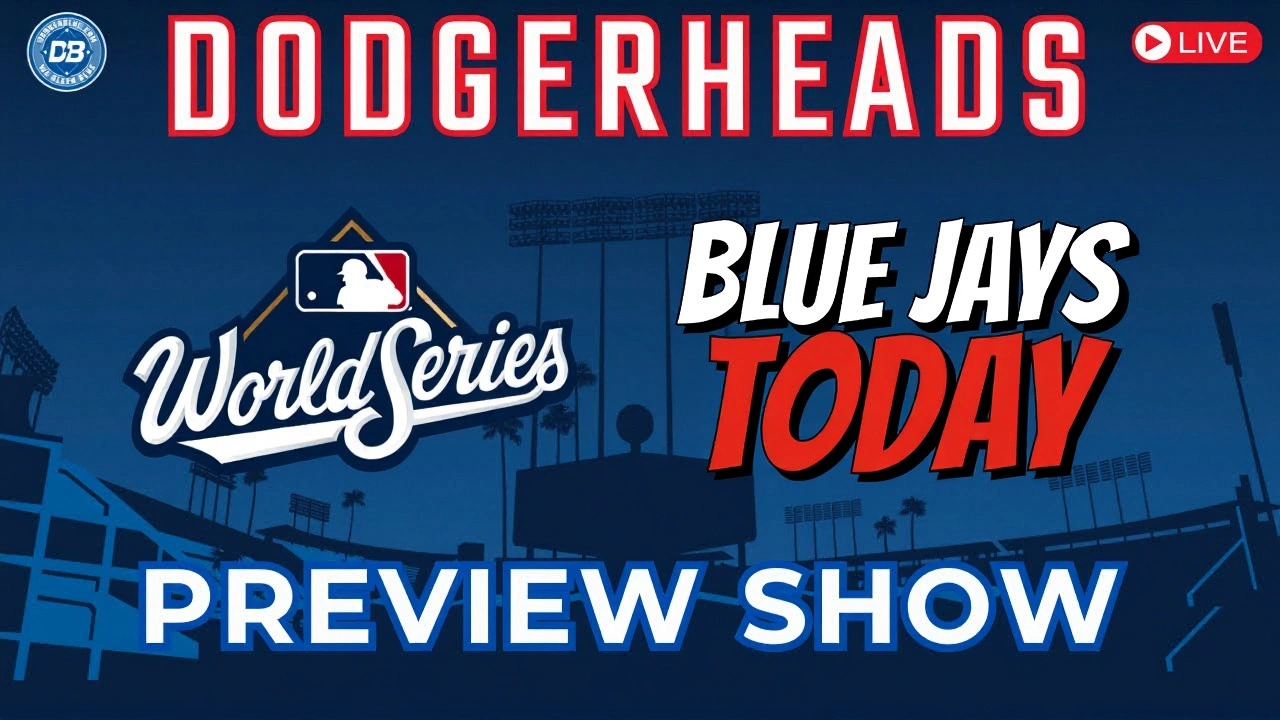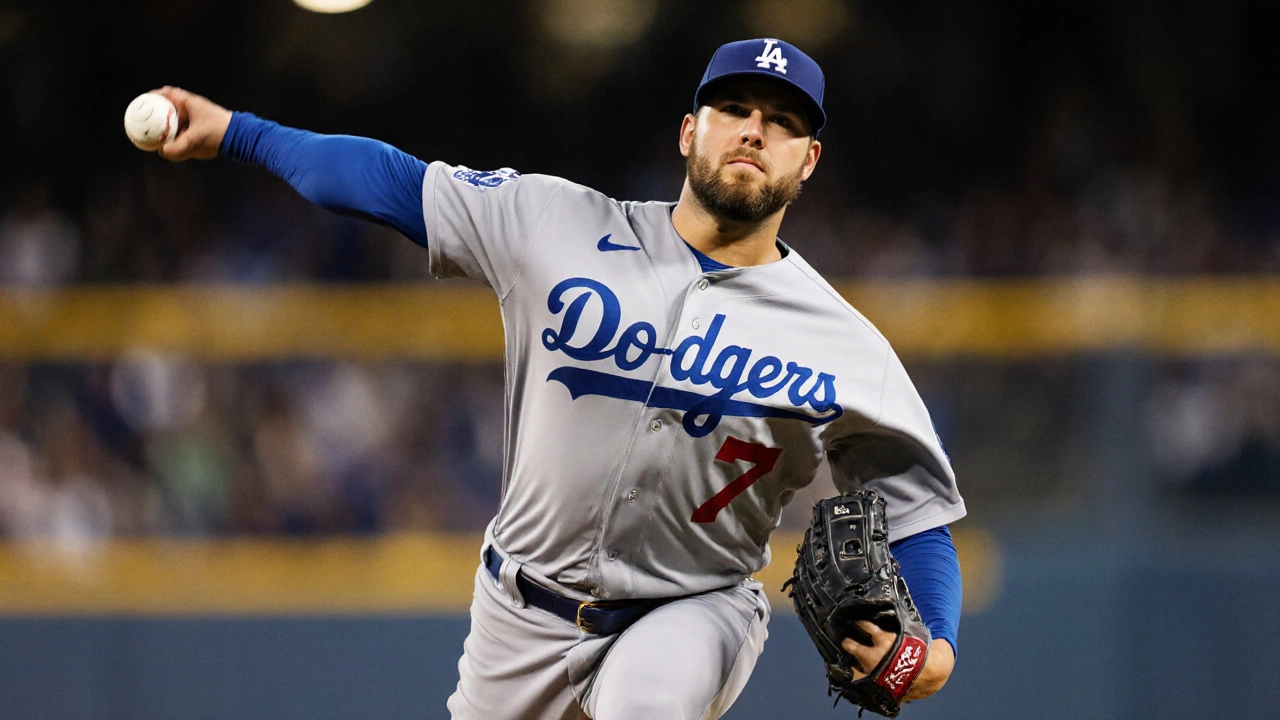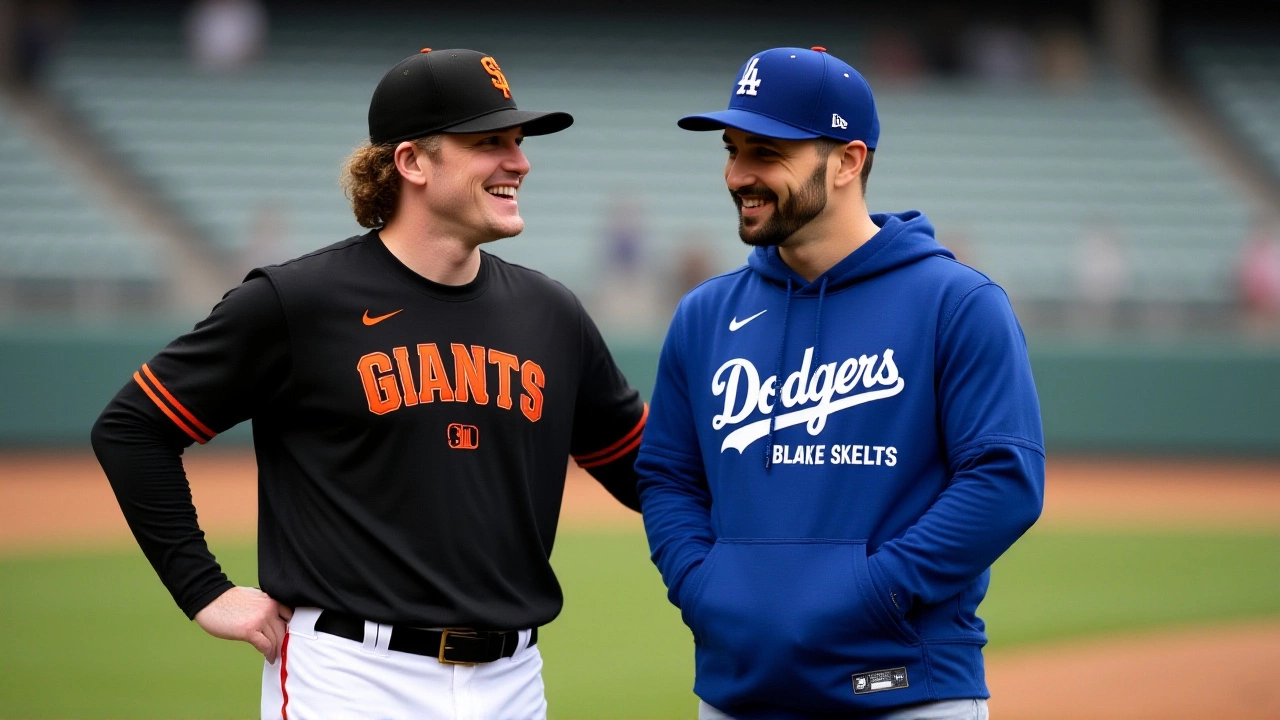When Blake Snell, the two‑time Cy Young winner, told reporters during the 2025 MLB postseasonLos Angeles, California that his recent dominance was “all thanks to the tips I got from Logan Webb,” the baseball world sat up straight. The remark linked Snell’s resurgence to the San Francisco ace, while also putting the Los Angeles Dodgers front and center as the team betting on his late‑season magic. Even Brandon Gomes, the Dodgers’ general manager, had hinted earlier this year that Snell’s health‑risk‑laden schedule was a hurdle he’d been willing to clear for a postseason edge. The connection between a former Giant and his new Dodger home sparked chatter about whether the Giants, now led by San Francisco Giants, missed out on a potential one‑two punch.
How a One‑Year Stint Changed Snell’s Game
Snell’s lone 2024 campaign with the Giants was more of a masterclass than a full‑season stint. After signing a five‑year, $182 million deal with the Dodgers on November 19, 2024, the left‑hander reflected on that short‑lived chapter, describing it as “one of my biggest years of growth and development, in the sense of how to go deeper into games.” The change didn’t happen overnight; it stemmed from daily bullpen sessions, late‑night video reviews, and, most importantly, sitting beside Webb in the clubhouse.
Mentorship on the Mound: Webb’s Pitching Philosophy
Logan Webb, the 27‑year‑old right‑hander from Rocklin, California, had already cemented his reputation by leading the National League in innings pitched for three straight seasons (2022‑2024). When Snell asked about the secret to consistent seven‑inning outings, Webb’s answer was brutally simple: “Get in the zone more. You’ll still get strikeouts, but you’ll pitch deeper.” As Webb later explained to ESPN, “Outs are outs. If you’re throwing strikes, the hitter either swings and misses or makes weak contact – both result in an out. When you’re in the zone, you’re basically the best pitcher on the mound.” The advice resonated because Webb’s own arsenal— a 98‑mph fastball paired with a devastating change‑up— thrives on precise location rather than pure velocity.

Numbers That Speak: Snell’s Turnaround
Snell’s metrics after embracing Webb’s guidance tell a story that numbers alone can’t fully capture. In the final 14 regular‑season starts of 2024, he posted a dazzling 1.23 ERA, a stark contrast to his injury‑marred first half where his ERA hovered above 5.00. The highlight? A no‑hit‑and‑no‑run gem against the Cincinnati Reds at Great American Ball Park on August 2, 2024, delivered in just 114 pitches. Fast‑forward to the 2025 season, and the former Giant’s post‑all‑star stretch featured a 2.41 ERA across nine starts, with walks dropping from 3.8 per nine innings in 2024 to 2.1 in the second half. In simple terms, he’s tossing more innings, giving up fewer free passes, and keeping the bullpen rested.
Dodgers’ Gamble Pays Off
Gomes was unapologetic about the risk. “He’s a high‑impact arm,” the GM said in a press conference on March 2, 2025. “Even if he only makes 11 starts, I’d rather have a pitcher who can dominate the postseason than a workhorse who can’t handle pressure.” The gamble seemed to pay off instantly. In the opening round of the postseason, Snell logged six solid innings against the Arizona Diamondbacks, surrendering just one run and striking out eight. His poise under the bright lights echoed Webb’s mantra: pitch to the zone, trust your stuff, and let the outs pile up.

What This Means for the Giants and the League
For the Giants, the loss of Snell feels like a missed puzzle piece. Pete Putila, the club’s president of baseball operations, admitted in an interview with "Around The Foghorn" that, “We didn’t have the luxury to sign a pitcher who might only start 20 games a season. Our goal is making the playoffs, and we need volume.” Still, Webb remains, and his durability could keep the Giants competitive, but the question lingers: could a Webb‑Snell tandem have turned the franchise into a postseason powerhouse?
The broader league is watching. If a brief mentorship can reshape a Cy Young winner’s approach, other teams might start pairing veteran workhorses with younger talent in a more intentional way. It’s a subtle shift from the usual big‑money free‑agent deals toward a mentorship‑driven model, where knowledge transfer becomes as valuable as a five‑year contract.
Frequently Asked Questions
How did Logan Webb’s advice specifically change Blake Snell’s pitching style?
Webb urged Snell to focus on throwing more strikes and staying inside the zone, rather than chasing strikeouts. By targeting the strike zone, Snell reduced his walk rate, increased pitch efficiency, and was able to stretch outings to seven or eight innings, as reflected in his 2025 2.41 ERA over nine starts.
Why did the Dodgers sign Snell despite his injury history?
General manager Brandon Gomes saw Snell’s upside as a postseason weapon. The Dodgers were willing to absorb the risk of limited regular‑season starts because his ability to dominate high‑leverage games could be the difference in a World Series run.
What impact could a Webb‑Snell duo have had on the Giants’ 2025 season?
Together, they would have combined Webb’s durability with Snell’s late‑season firepower, potentially giving the Giants a deeper rotation and a stronger chance to clinch a postseason berth. The partnership was hinted at as a “formidable one‑two punch” before Snell left for LA.
Will other teams adopt a mentorship model similar to the Snell‑Webb example?
Analysts say the success of this informal mentorship could spark a trend, especially for teams with veteran starters who can impart pitching philosophies. It offers a cost‑effective way to accelerate development without large contracts.
